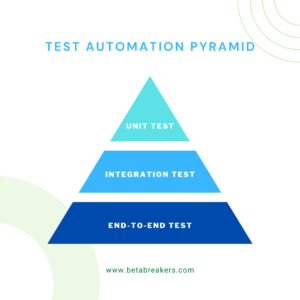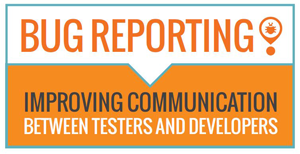Testing can take time, but it shouldn’t take too much time. If you find your testing team is spending far too much time waiting for their tests to complete, then you need to ask if they’ve implemented a test automation pyramid.
A test automation pyramid, or testing pyramid, is a vital framework that is essential for producing a high-quality product and doesn’t take too much time to test. In other words, a testing pyramid can improve the quality of your product and reduce testing time.
Here, we go through everything you need to know about the test automation pyramid so you can implement it in your testing strategy.
What is test automation?
Understanding the testing pyramid depends on understanding test automation. Test automation runs tests automatically instead of manually. The data and results you get from these tests can pinpoint bugs and areas for improvement without wasting manpower. However, you do have to wait for these tests to complete, which is where the test automation pyramid comes in.
What is the test automation pyramid?
The test automation pyramid lays out the various tests that need to be included in the codebase’s test suite as well as the sequence and frequency in which they should appear. Doing so provides immediate feedback to your testing team to prove that code changes will not break existing features. As a result, a testing pyramid reduces the time required for your team to figure out if a specific change will break your code.
In general, the test automation pyramid has three levels of operation:
- Unit Tests
- Integration Tests
- End-to-End Tests
Below we go through each level of the pyramid:
Unit Tests
Unit tests are level one, or the base of the testing pyramid. A unit test will determine if the internal components, or units, of your codebase function as expected in isolated conditions. These components could be individual functions or a class. You will need to run various scenarios in the unit test, and since this is the largest subset (which will only grow as you add new features), you’ll need to run those tests as quickly as possible.
Integration Tests
Next up on the pyramid are integration tests. Integration tests determine how those internal components you tested in level one interact with external components. External components can include databases, APIs, and any other external resources that your product depends on. You won’t be running integration tests as much as unit tests, but they’re still an essential portion of the test automation pyramid. After all, you need to make sure that your code will work and communicate flawlessly with external components.
End-to-End Tests
At the top of the pyramid lies end-to-end tests. End-to-end tests check that your product or application works from start to finish. It, quite literally, tests your product from end-to-end. This part of the pyramid focuses on user experience and can be quite tedious. As such, these tests are done sparingly and take more time than unit tests or integration tests.
To test your product effectively, you need a qualified QA team to support you. Beta Breakers has experience with various types of test automations. To learn more about our services, contact us today.

 With Experience in Quality Assurance & Testing Desktop Software, Mobile Apps, Websites & Web Applications for Nearly 30 Years, Beta Breakers has become the Premier Software Quality Assurance Labs and Application-Testing Provider -
With Experience in Quality Assurance & Testing Desktop Software, Mobile Apps, Websites & Web Applications for Nearly 30 Years, Beta Breakers has become the Premier Software Quality Assurance Labs and Application-Testing Provider - 


Please see that the pyramid picture you have added in the blog has Unit test on top of the pyramid. It needs to swap with the base. The article though explains the corrct positions